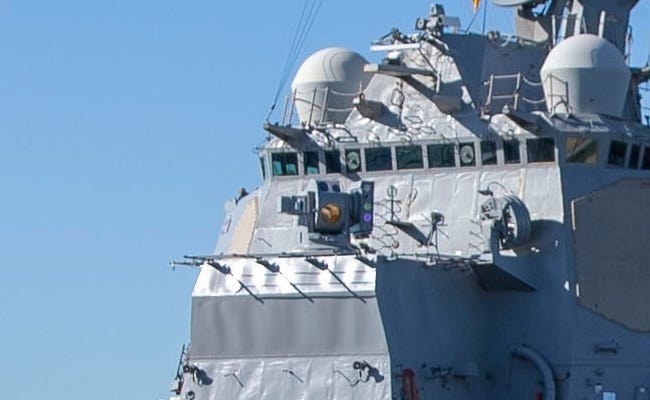The Navy’s Chief Laser Weapon is Operating at Just One-Third Power, Acting CNO Says
“We had some problems during testing."

The US Navy’s primary high-energy laser weapon has a power problem, according to the service’s actin…
Keep reading with a 7-day free trial
Subscribe to Laser Wars to keep reading this post and get 7 days of free access to the full post archives.


